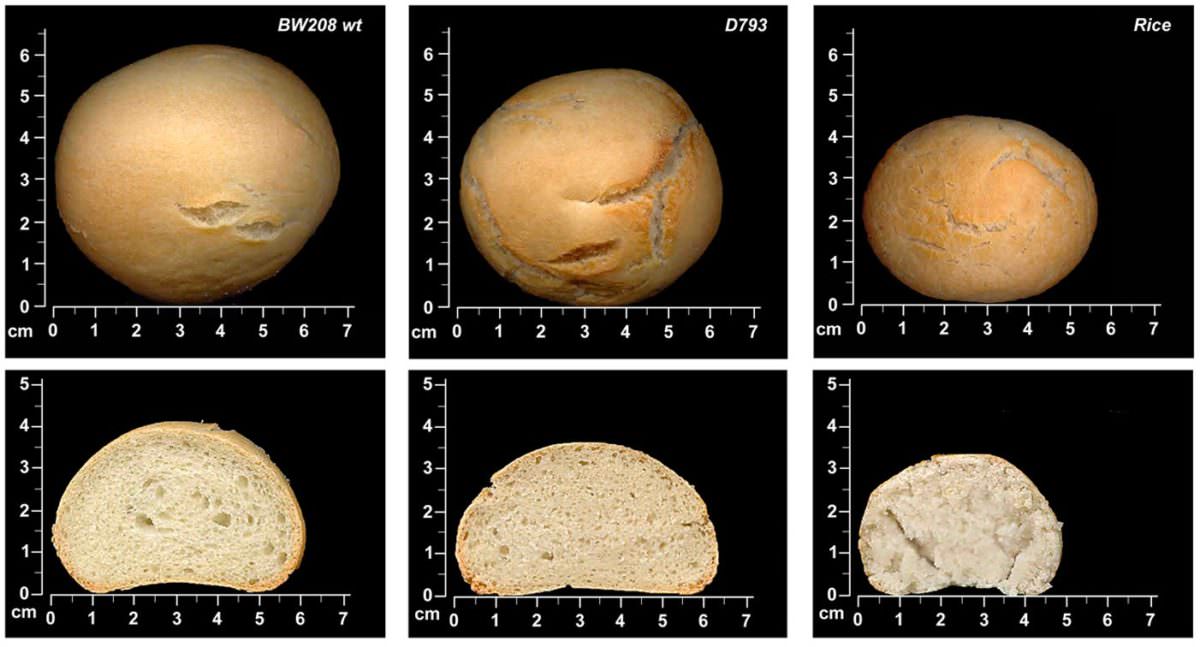Will bread made from genetically-modified wheat even be allowed in the country where it was created?

The researchers, led by Francisco Barro at the Institute for Sustainable Agriculture in Cordoba, Spain, have been working on creating a type of wheat that won’t aggravate celiac sufferers for years; they’ve published a series of papers updating the public on their progress over the past half-decade. Their newest work claims to reduce the reaction of celiac immune systems by 85 percent, theoretically allowing those with celiac to eat a few slices of bread per day with no ill effects.
Gluten is an elastic structure made of two classes of proteins: glutenins and gliadins. And there are multiple types of both glutenins and gliadins, each in different concentrations, in each different crop of wheat. It is generally understood that celiac symptoms – gastrointestinal issues, mostly – are triggered by certain varieties of the gliadins.
Knowing that, Barro’s team has been attempting to come up with a variety of wheat without those particular dreaded gliadins. But cross-breeding, the typical way of creating new wheat strains, hasn’t really been working; gliadins are too fundamental to the plant. Now, the team has turned to genetics, deleting as many of the genes responsible for making the bad gliadins as possible. This, it seems, is hard: New Scientist says that there are a whopping 45 copies of a single gliadin gene to delete.
But the team is making progress, and says that even now, without having fully deleted all of the genes that will eventually tell the plant to have those bad gliadins, the GMO wheat makes a decent bread. Well, “decent” is relative. The researchers seem a little…reserved about how good the bread actually is; they call it “acceptable” While the wheat can’t really be used for big loaves of bread, it does seem to have the aerated structure of a typical gluten-packed bread in small, thiner loaves.
What makes this all more interesting is that Spain, as part of the EU, has an extremely restrictive policy about GMOs; they permit importing, but GMOs are essentially banned from being grown in Europe. It remains to be seen how a government might respond to a GMO like this, which is bred not for pesticide resistance, as is typical, but to address a medical issue.